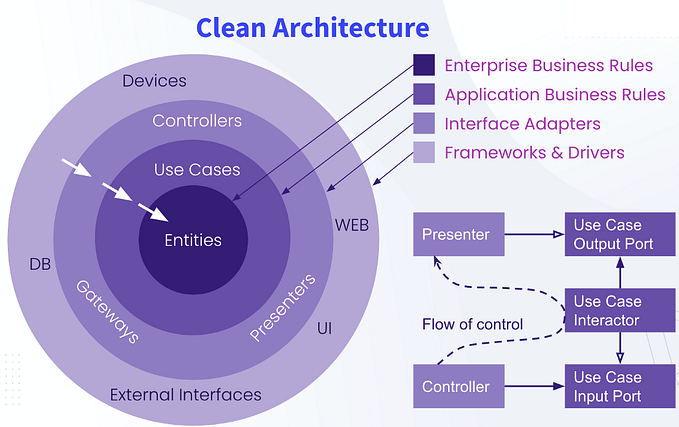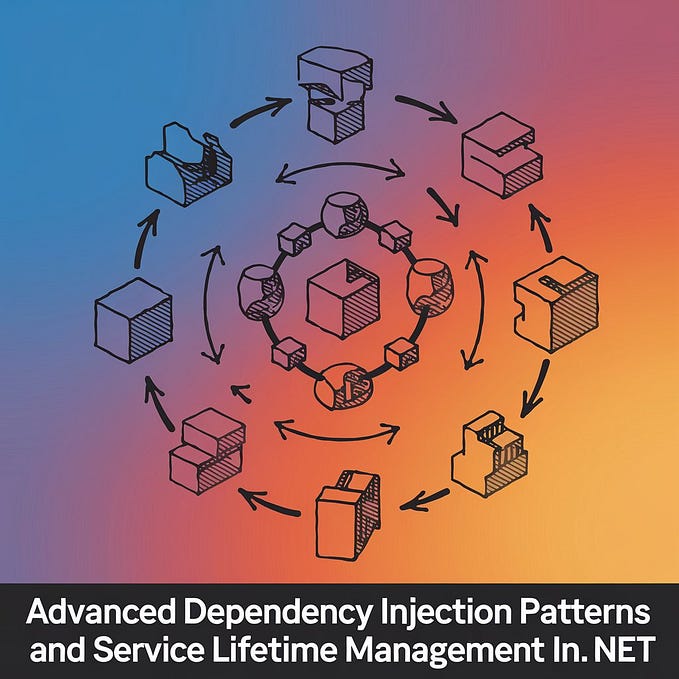Member-only story
Advanced Techniques in .NET Clean Architecture
As software projects grow in complexity, implementing advanced techniques in Clean Architecture becomes essential to maintain performance, scalability, and maintainability. This article delves into advanced techniques such as handling performance optimizations, implementing CQRS with MediatR, and managing transactions effectively in .NET Clean Architecture.
Leveraging CQRS (Command Query Responsibility Segregation)
CQRS is a pattern that separates read (Query) and write (Command) operations, enabling greater flexibility and scalability. It fits perfectly into Clean Architecture, especially in applications with high data volume or performance requirements.
- Command Implementation Commands modify the state of the application.
public class CreateOrderCommand : IRequest<int>
{
public int ProductId { get; set; }
public int Quantity { get; set; }
}
public class CreateOrderHandler : IRequestHandler<CreateOrderCommand, int>
{
private readonly IOrderRepository _orderRepository;
public CreateOrderHandler(IOrderRepository orderRepository)
{
_orderRepository = orderRepository;
}
public async Task<int> Handle(CreateOrderCommand request, CancellationToken cancellationToken)
{
var order = new Order { ProductId = request.ProductId, Quantity = request.Quantity };
await _orderRepository.AddAsync(order);
return order.Id;
}
}2. Query Implementation Queries are used to fetch data without modifying the state.
public class GetOrderByIdQuery : IRequest<Order>
{
public int Id { get; set; }
}
public class GetOrderByIdHandler : IRequestHandler<GetOrderByIdQuery, Order>
{
private readonly IOrderRepository _orderRepository;
public GetOrderByIdHandler(IOrderRepository orderRepository)
{
_orderRepository = orderRepository;
}
public async Task<Order> Handle(GetOrderByIdQuery request, CancellationToken cancellationToken)
{
return await _orderRepository.GetByIdAsync(request.Id);
}
}Transaction Management
Ensuring data consistency in Clean Architecture requires robust transaction handling.
- Unit of Work The Unit of Work pattern helps manage multiple repositories under a single transaction scope.
public interface IUnitOfWork : IDisposable
{…





